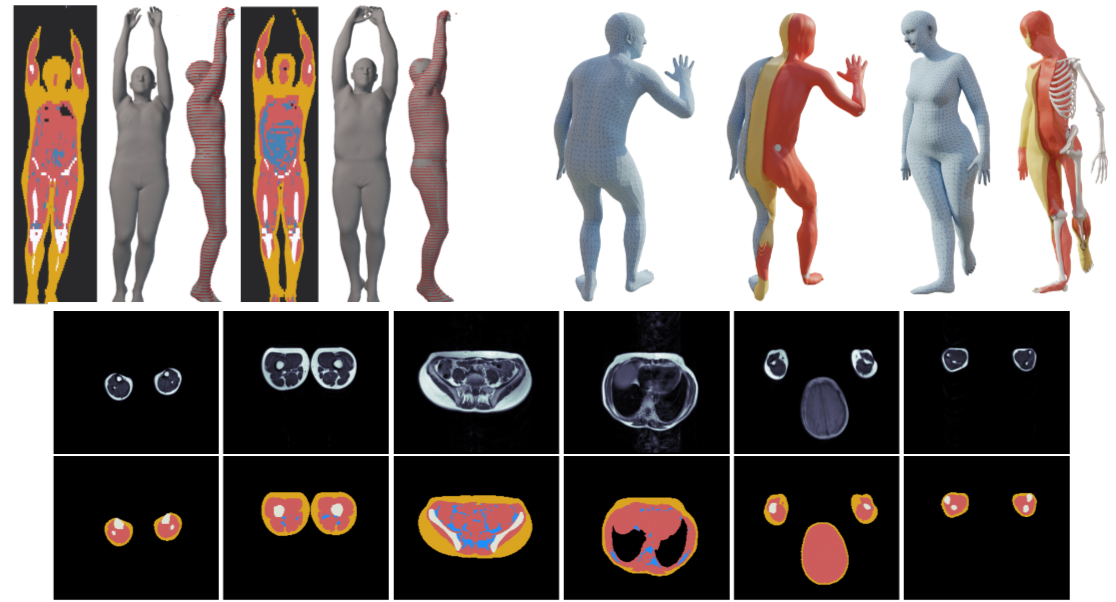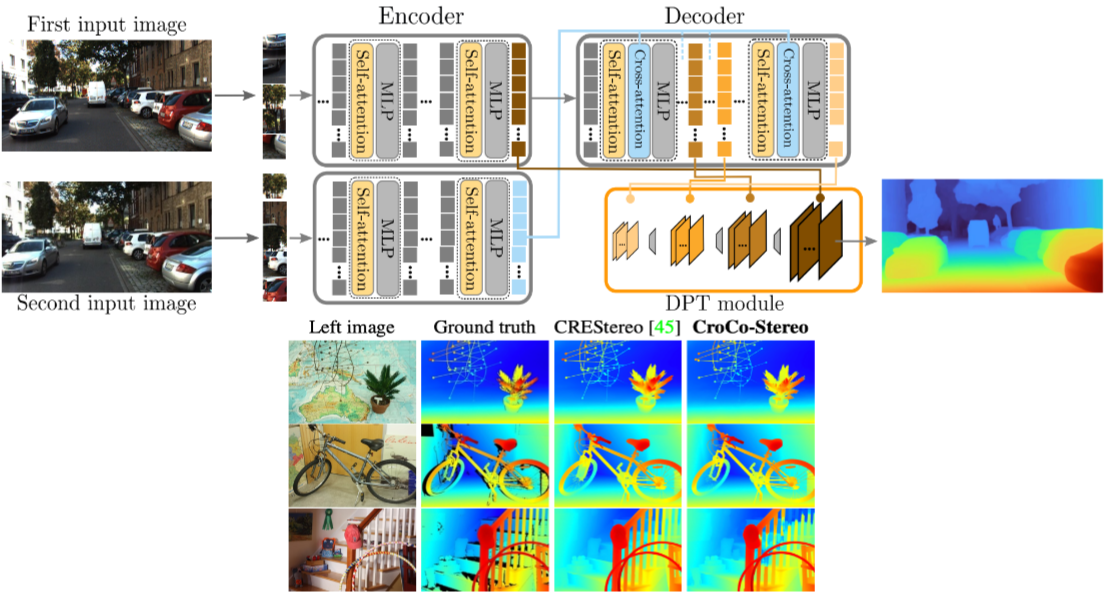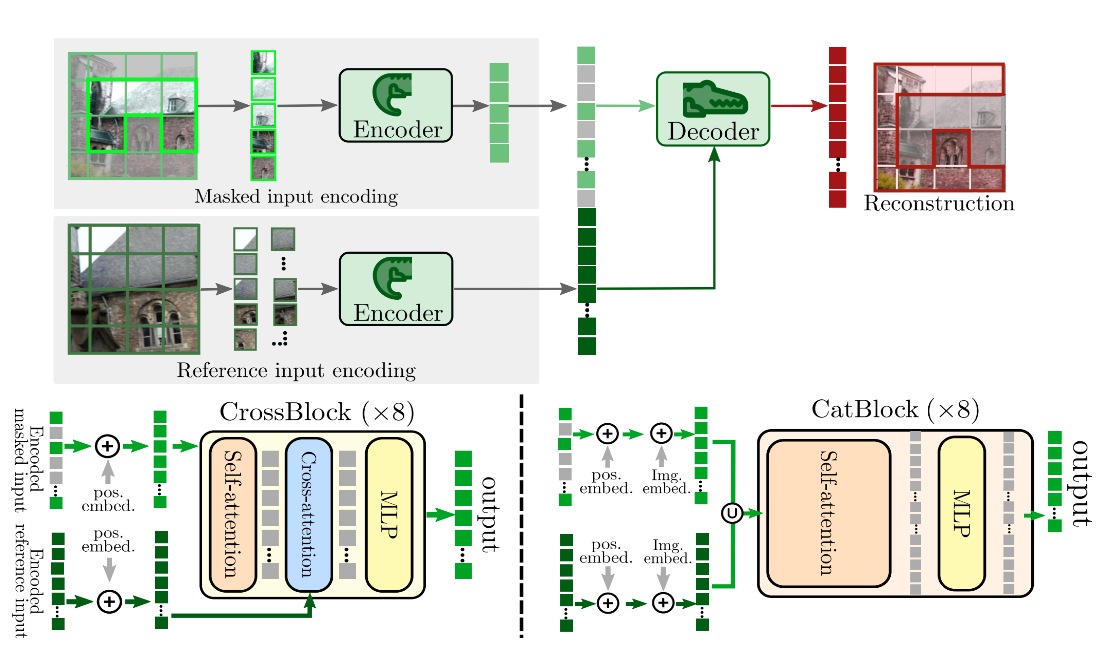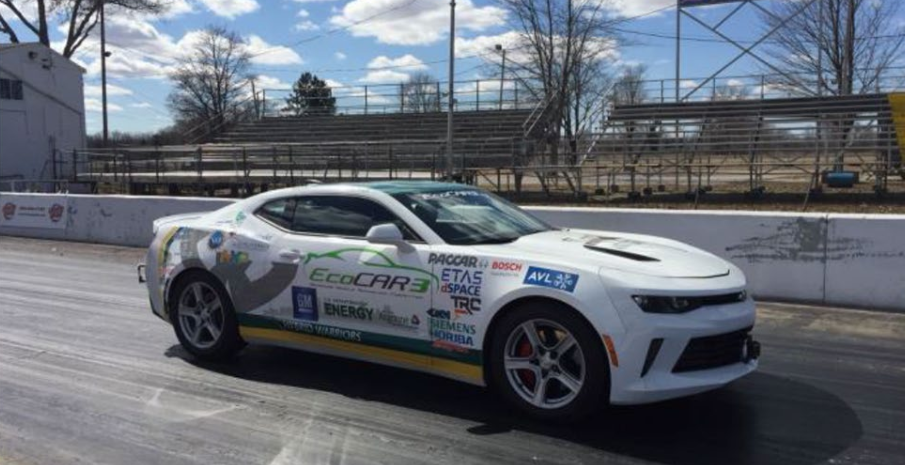^^
At the level of life:
1996: Born
1996-current: Figuring things out
But more has happened all along on the outside. At the level of human life. I feel modeling is the only version of truth we know which does not reflect the absolute truth and this is the aspect of all sciences and life in general that I enjoy. And so I've been exploring physics-based and data-based explicit and implicit models:
Currently: I am a Research Engineer in the MORPHEO team at Inria Centre at the University Grenoble Alpes under the supervision of Sergi Pujades.
Prior to: joining Inria, I did the Paris-Saclay AI track of the Computer Science Masters during which I did two internships at Naver Labs Europe in the Geometric Vision team, under the supervision of Boris Chidlovski and Leonid Antsfeld.
Publications

Marilyn Keller, Vaibhav Arora, Abdelmouttaleb Dakri, Shivam Chandhok, Jürgen Machann, Andreas Fritsche, Michael J. Black, Sergi Pujades
This work leverages the fact that the shape of the body surface is correlated with the internal anatomy; e.g. from surface observations alone, one can predict body composition and skeletal structure. And so we learn to infer the 3D location of three important anatomic tissues given the SMPL body mesh: subcutaneous adipose tissue (fat), lean tissue (muscles and organs) and long bones. I worked on the dataset creation.
CVPR 2024

Philippe Weinzaepfel, Thomas Lucas, Vincent Leroy, Yohann Cabon, Vaibhav Arora, Romain Brégier, Gabriela Csurka, Leonid Antsfeld, Boris Chidlovskii, Jérôme Revaud
Building on the recent cross-view completion framework, a variation of masked image modeling that leverages a second view from the same scene which makes it well suited for binocular downstream tasks. The applicability of this concept has so far been limited and this work explores different avenues of improvement. With these improvements, we show for the first time that state-of-the-art results on stereo matching and optical flow can be reached without using any classical task-specific techniques like correlation volume, iterative estimation, image warping or multi-scale reasoning, thus paving the way towards universal vision models. I worked on getting SOTA results on the Stereo Matching task.
ICCV 2023 [Paper Link]

Philippe Weinzaepfel, Vincent Leroy, Thomas Lucas, Romain Brégier, Yohann Cabon, Vaibhav Arora, Leonid Antsfeld, Boris Chidlovskii, Gabriela Csurka, Jérôme Revaud
The pretext task of cross-view completion where the first input image is partially masked, and this masked content has to be reconstructed from the visible content and the second image. This pretext task leads to significantly improved performance for monocular 3D vision downstream tasks. I worked on exploring the model to integrate the downstream task of Stereo Matching task.
NeurIPS 2022 [Paper Link]

Ouafae El Ganaoui-Mourlan, Stephane Camp, Thomas Hannagan, Vaibhav Arora, Martin De Neuville, Vaios Andreas Kousournas
This work proposes an approach that enables a vehicle to autonomously join a platoon with optimized trajectory in the presence of dynamical traffic obstacles. A notable aspect is the use of Model Predictive Control (MPC) optimization of the planned path, in conjunction with a variant of the Rapidly-exploring Random Trees (RRT*) algorithm for the purpose of platoon formation.
MDPI Sustainability 2021 [Paper Link]

Miriam Di Russo, Vaibhav Arora, Ronghui Lyu, Jerry C. Ku
This paper details the vehicle testing activities performed during the Year 4 of the EcoCAR 3 competition by the Wayne State University team on a Pre-Transmission Parallel PHEV. The paper focuses on two main testing platforms: the chassis dynamometer and the closed-course track (on-road).
SAE Technical Paper 2019 [Paper Link]
Skills
Experienced
I have practical experience of using following extensively within companies: Python, PyTorch, PyTorch3D, deep learning, git, bash, knowledge of SOTA methods in Computer Vision, NLP, Generative modeling
Familiarity
I have worked with following in the past but its been a while: C++ (PyTorch API, OpenCV), Matlab, Simulink, Stateflow, IPG CarMaker, GCP, SLURM, Blender, MBD (MIL, SIL, HIL workflow), dSPACE (Control Desk, ds1007), CAN, UDP, TCP/IP protocols
Can catch-up
I’ve only sparsely used following and if absolutely required, can catch up on my own time but it will take some time: C, ROS (Python API), PostgreSQL (DBMS), MongoDB